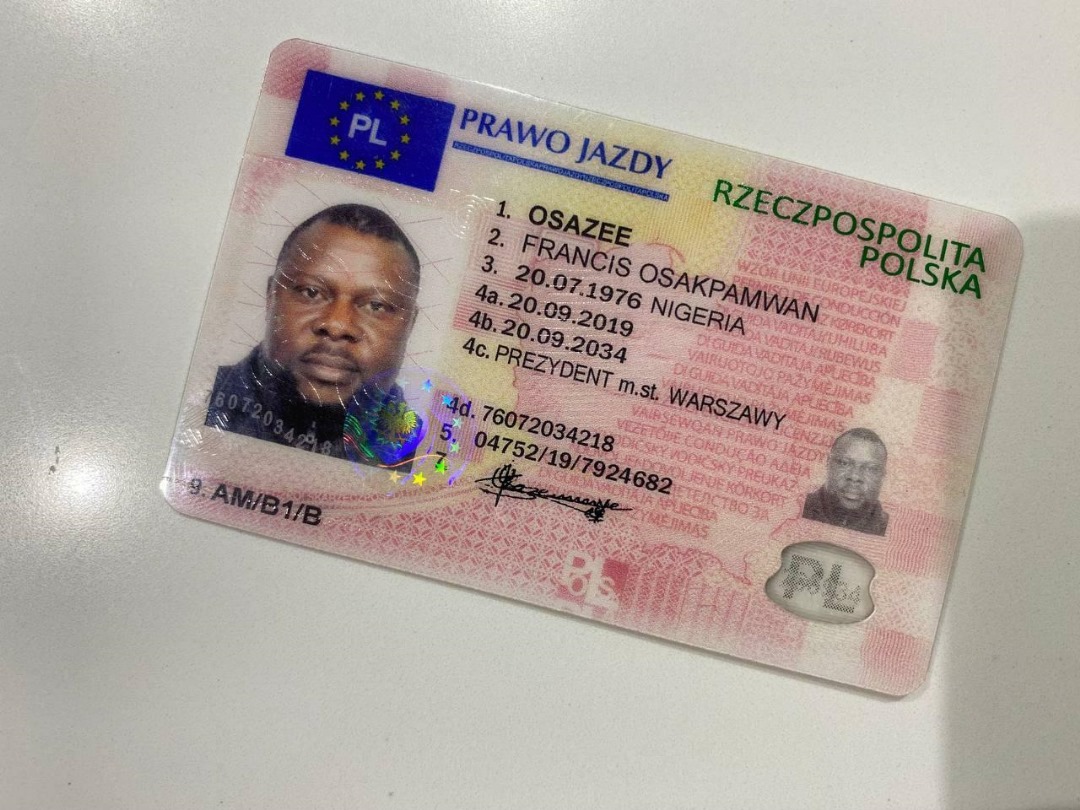Driving License Learning Online: A Comprehensive Guide
In today's hectic world, the necessity of possessing a driving license can not be underestimated. The age of digitalization has transformed the way individuals can get ready for their driving tests. Online learning platforms now provide a hassle-free and efficient ways of getting necessary knowledge and skills needed to pass the driving test. This post will delve into the different elements of driving license learning online, including its advantages, how it works, and what to expect.
The Evolution of Driving License Education
Traditionally, acquiring a driving license included going to physical classroom sessions alongside behind-the-wheel training. Trainees had to manage traveling to classes and gaining practical experience, which could be both lengthy and challenging. Nevertheless, the introduction of online learning has reinvented this process, making it more available and flexible.
Advantages of Learning to Drive Online
Learning to drive online deals various advantages, including:
- Flexibility: Learners can get ready for their tests at their own pace and convenience, without the stiff scheduling generally connected with traditional classes.
- Cost-Effectiveness: Online courses frequently come at a lower expense compared to in-person guideline, making it an appealing alternative for many.
- Access to Resources: Comprehensive online courses often consist of simulations, quizzes, and educational videos that enrich the learning experience.
- Updated Information: Online materials are typically upgraded more regularly, guaranteeing learners get the most present details on traffic laws and guidelines.
- Self-Paced Learning: Students can review sections they find tough and progress through the product as they master each topic.
How Online Driving Education Works
The majority of online driving courses are structured to offer a detailed learning experience. Below are the normal parts of an online driving course:
1. Enlist in a Course
- Students select an online driving school that fits their needs and register for a course.
2. Access Study Materials
- Upon enrollment, learners get to a portal consisting of study materials, including multimedia material, practice tests, and resources on state-specific traffic laws.
3. Research Study and Complete Instructional Modules
- Courses are broken down into modules that learners need to finish. Many platforms provide video lectures, interactive quizzes, and reading materials.
4. Take Practice Tests
- The majority of online learning platforms offer opportunities to take practice tests, simulating the real composed driving test. This helps trainees evaluate their preparedness for the genuine exam.
5. Behind-the-Wheel Training
- While online courses concentrate on theoretical knowledge, students will still require practical driving practice. A lot of platforms suggest partnering with an experienced driver or registering in a regional driving school for hands-on training.
6. Arrange the Driving Exam
- When trainees feel great in their knowledge and abilities, they can schedule a consultation for the written and driving tests with their regional motor lorry department.
Table: Comparison of Online vs. Traditional Driving Learning
| Function | Online Driving Courses | Traditional Driving Schools |
|---|---|---|
| Versatility | High (study at own rate) | Limited (set class schedule) |
| Cost | Generally lower | Generally greater |
| Learning Format | Self-directed multimedia | Instructor-led lectures |
| Research study Materials | Updated frequently | May not reflect the latest laws |
| Behind-the-Wheel Guidance | Needs external plans | Consisted of in the bundle |
What to Expect from Online Driving Courses
While each online driving course may differ, learners can generally anticipate the following:
- Comprehensive Curriculum: Courses cover essential topics such as traffic laws, road indications, safe driving practices, and defensive driving methods.
- Interactive Learning: Many online courses carry out gamification methods to make learning enjoyable and engaging.
- Assistance: A trusted online driving school should provide access to instructors by means of email, chat, or phone for extra assistance.
Often Asked Questions (FAQs)
1. Is online driving education acknowledged by all states?
While many states accept online driving courses for the written part of the exam, regulations may differ when it comes to the behind-the-wheel training. It is essential for students to validate their state's particular requirements.
2. Can I find out to drive without a physical class?
Yes, you can complete the theoretical part of driving education entirely online; however, practical driving lessons with a skilled grownup or a certified instructor are important.
3. Are online driving tests the exact same as in-person tests?
The format of online practice tests typically looks like the actual tests, however they may not always correspond the state-specific driving examinations. However, Get Source serve to familiarize students with the test structure and material.
4. Is online driving education appropriate for all age groups?
Yes, online driving education is accessible and helpful for learners of all ages, whether young adults preparing for their very first driving test or older adults seeking to refresh their abilities.
5. What happens if I fail the online practice tests?
Failing a practice test is common and shouldn't discourage students. The majority of online courses permit limitless efforts to retake tests and tests till a passing grade is achieved.
Learning to drive online presents a viable alternative for many people looking to acquire their driving license in a versatile and cost-effective manner. With the evolution of online education, people can now prepare for their driving tests with ease and self-confidence. As learners browse this self-paced journey, they can benefit from extensive resources, engaging material, and the convenience of handling their own schedules. Ultimately, whether choosing online education or a conventional technique, the key stays the commitment to safe driving practices and compliance with local regulations.

